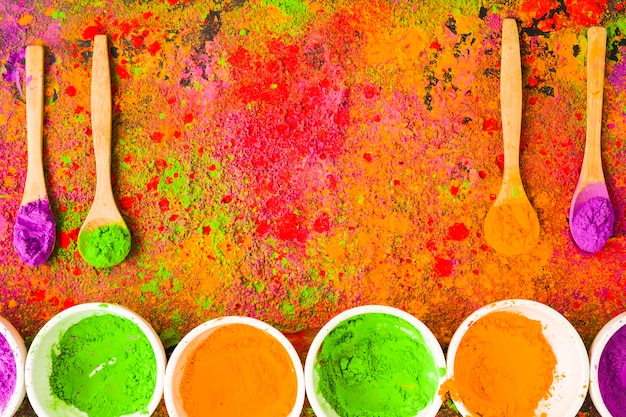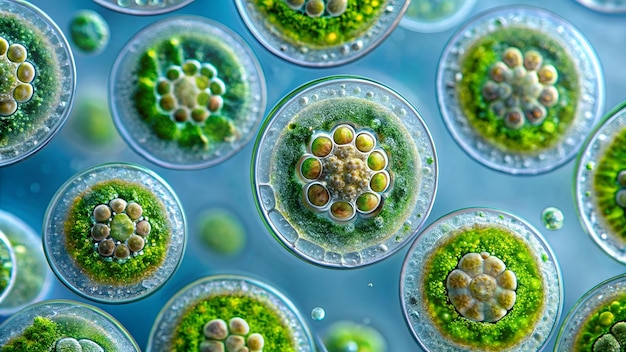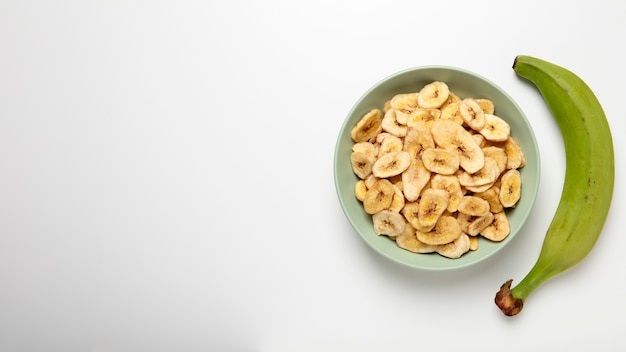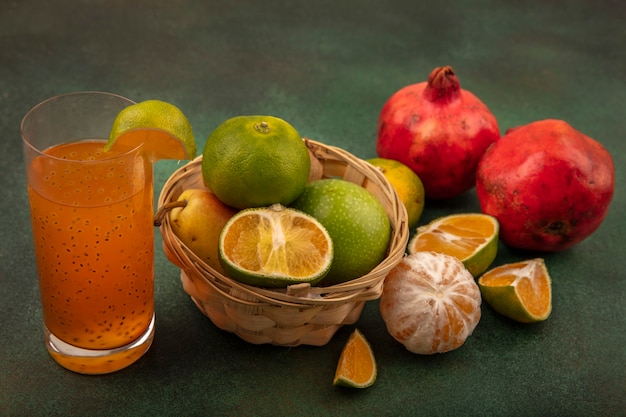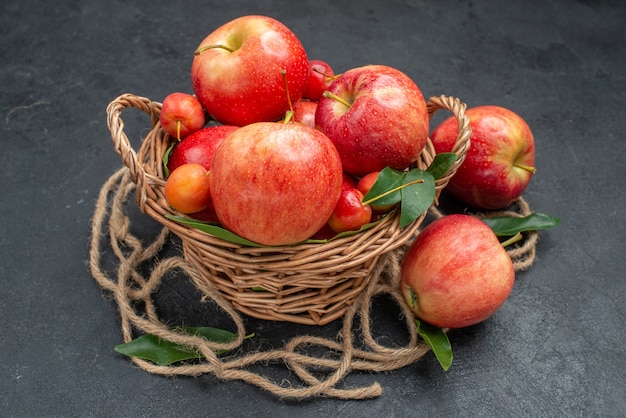Food colorants add color to food or restore its original hue. These colorants can come from natural foods or other natural sources not usually eaten as food or used as food ingredients.
Understanding Food Colorants
Food colorants come from natural sources like foods and other edible materials. They’re made through physical or chemical methods, focusing on extracting the color pigments without altering the food’s nutrition or smell.
There are two main types of food colorants. The first type, edible colors, is mixed directly into foods. The second type is used to color the surface of foods, such as the outer layer of cheeses or designs on Easter eggs. This second type is generally not applied to the parts of the food we consume.
Classification of Food Colorants
Food colorants can be divided into two categories based on potential side effects:
1. Dyes without Side Effects: This group mainly includes vitamins (like vitamin B2), provitamins (like beta-carotene), and natural components such as chlorophyll, carotenoid, and beetroot. These are generally considered safe and can be used in foods without specific warnings.
2. Dyes with Side Effects: Certain dyes, especially azo dyes, can pose health risks. They can sometimes trigger allergic reactions even in small amounts, particularly in individuals with specific allergies.
Application of Food Colorants
Food colorants are typically used in:
– Confectionery: Includes icings, sugar-based products, cocktail cherries, candied fruit, packaged ice creams, and marzipan.
– Fish Products: Such as fish roe, jarred shrimp, and canned salmon fillets.
– Other Products: Includes low-calorie jams, creams, jellies, puddings, sweet sauces, soups, effervescent drinks, packaged drinks, margarine, cheeses, herbal liqueurs, and certain preserves.
The use of food colorants is regulated and can vary by region. Not all products within these categories will necessarily contain colorants, so it’s a good idea to check the labels.
Labeling of Food Colorants
Food colorants often have complex chemical names or designated numbers (like E-numbers in the European Union).
– In the European Union and Many Regions: It’s mandatory to clearly indicate the presence of colorants on food labels, often stating “colored with [name of the colorant].”
– In the United States: The FDA requires that food color additives be declared in the ingredient statement on the food label, specifying each color additive by its common name, such as “FD&C Red No. 40.”
These labels allow consumers to identify specific colorants used, which is especially important for those with allergies or sensitivities.
Regulations regarding food labeling and colorants can differ significantly by region, so it’s best to refer to local food labeling laws for the most accurate information.
Classification of Dyes
Food colorants are classified by the color they provide and their origin:
– E100-109: Yellow
– E110-119: Orange
– E120-129: Red
– E130-139: Blue
– E140-149: Green
– E150-159: Brown-Black
– E160-199: Mixed colors
Conclusion
Food colorants make our food look more appealing, but it’s important to be aware of certain dyes’ potential side effects and make informed choices. Always check food labels to understand what each colorant means for your health.
